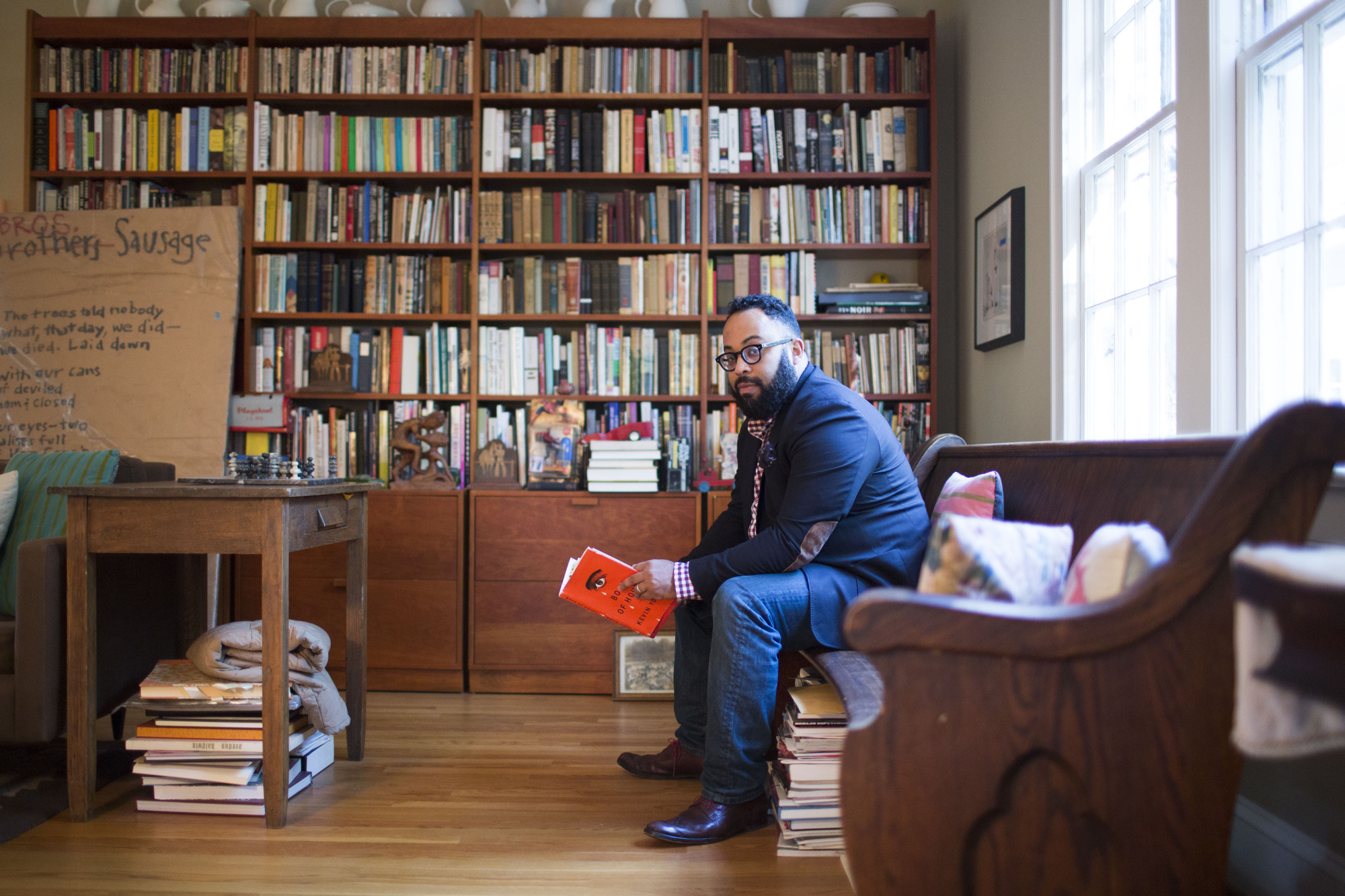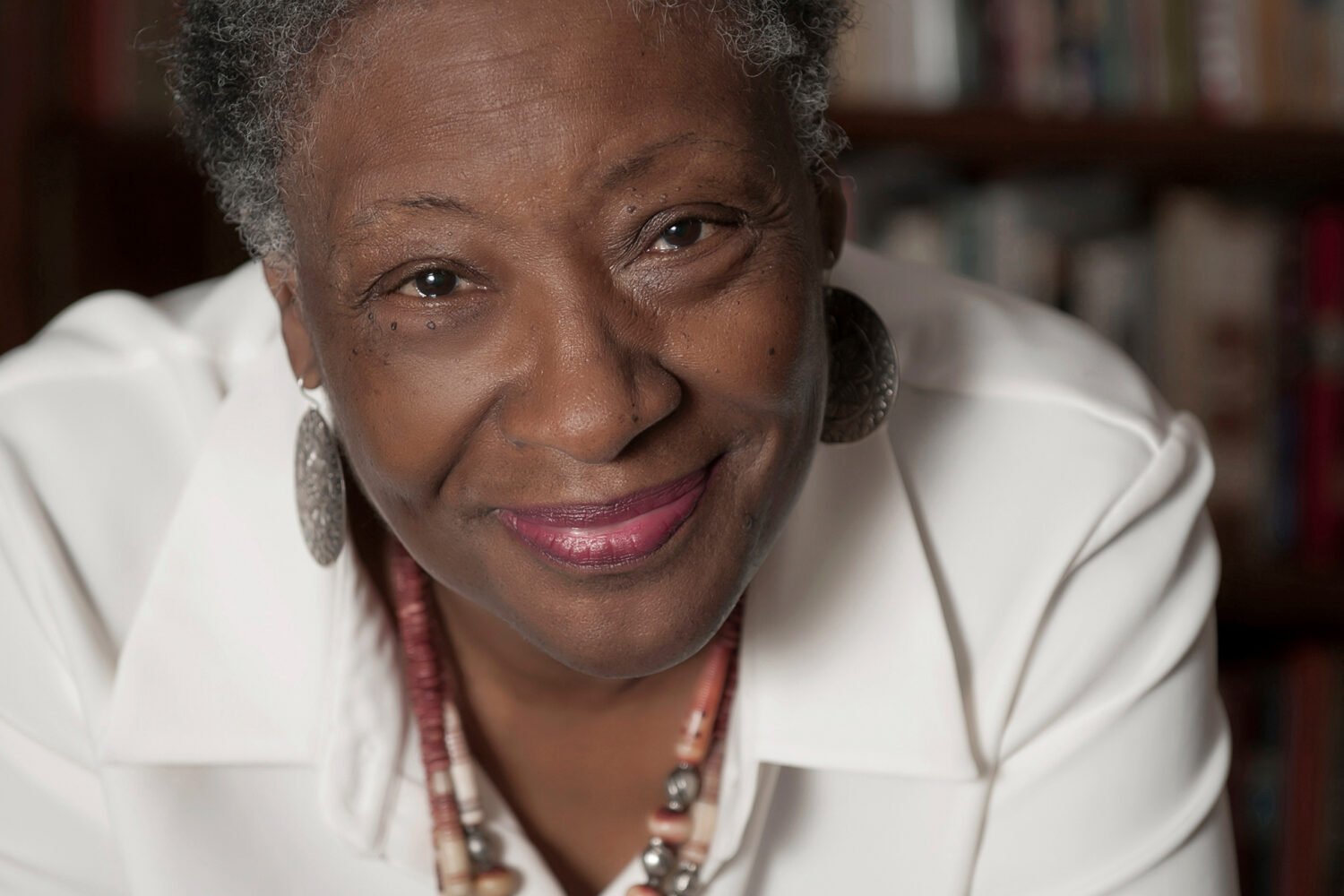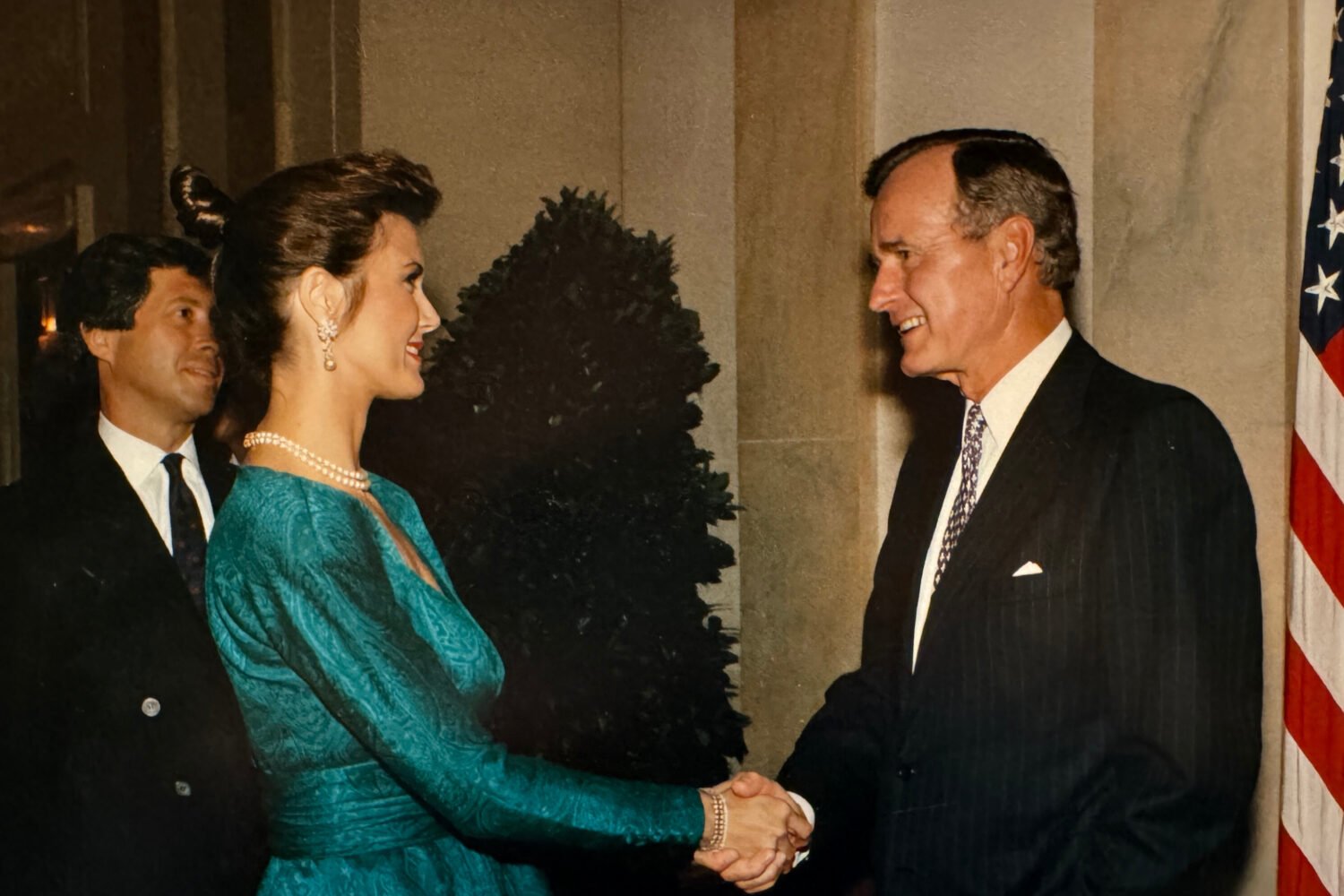For Kevin Young, an accomplished poet and director of the National Museum of African American History & Culture, a museum is a lot like a poem. “It’s the most efficient form of time travel,” he says. “Reading Dante, you can be transported back hundreds of years, and a museum does much the same.” Facilitating such travel are the NMAAHC’s more than 40,000 artifacts—thousands of which began as family heirlooms stored in closets and attics for generations. Fittingly, Young has long been a collector of heirlooms in his own family, which is how a church pew came to reside in his DC apartment. He tells us the story behind it:
“The pew is from the church my mother and I went to when I was growing up. It’s St. Mark’s AME Church in Topeka. I don’t remember when we started going there—we moved to Kansas when I was nine or so—but it’s an old church, dating to the 19th century. It took us a while to drive there, so I learned to tie a tie while riding to church without a mirror.
“Because we would be driving from another part of town, we’d often be a few minutes late. In the vestibule was this image of Reverend Oliver Brown, who I came to know after a while. He had preached at that church and, of course, he was the plaintiff in Brown v. Board of Education [the 1954 Supreme Court decision that barred segregation in public schools].
“[His daughter] Linda Brown, who I knew, was the little girl in the story of Brown, which I think humanized the long struggle for civil rights. In my church [years later], she played piano and sang. She had a beautiful voice and was a beautiful piano player, so to have her there really taught me that history is a living thing. It was something you could know, that wasn’t far away.
“Sometime after I was there, the church had a fundraiser and was selling the pews. My mom got one, and after a while she gave it to me. I’ve had the pleasure of moving it with me multiple times. I had it with me in Harlem, then in Jersey and Atlanta. I’ve had it for a long time—about 25 years. Now that I’m in the District, it’s in my apartment. I’m used to it now, but I guess not everyone has a church pew in their house.
“One of the amazing things I think about is the museum’s first collection, 70 percent of which was donated by people who had kept stuff safe: everything from Harriet Tubman’s shawl and hymnal to the greens pot they cooked delicious meals in.
“To me, it’s a little like poetry, in that you’re recognizing the extraordinary in the everyday. You’re recognizing these objects as sacred—they bear witness to Black life and Black culture. I don’t think anyone thought about the pews as something that bore witness, but that’s what they do for me.”
This article appears in the December 2023 issue of Washingtonian.
















